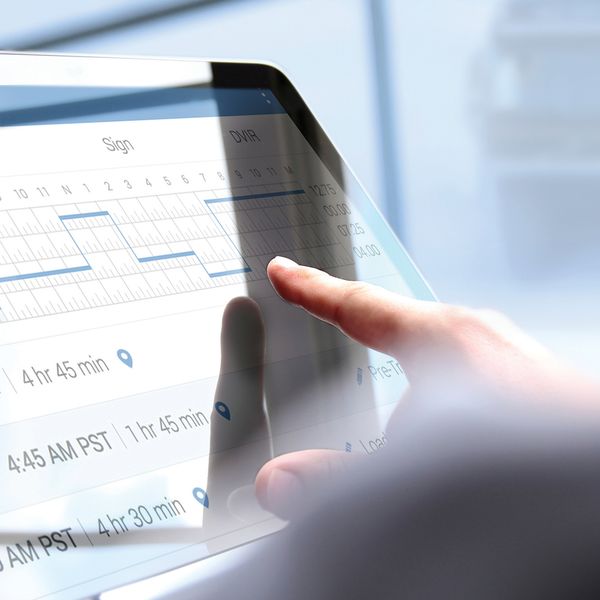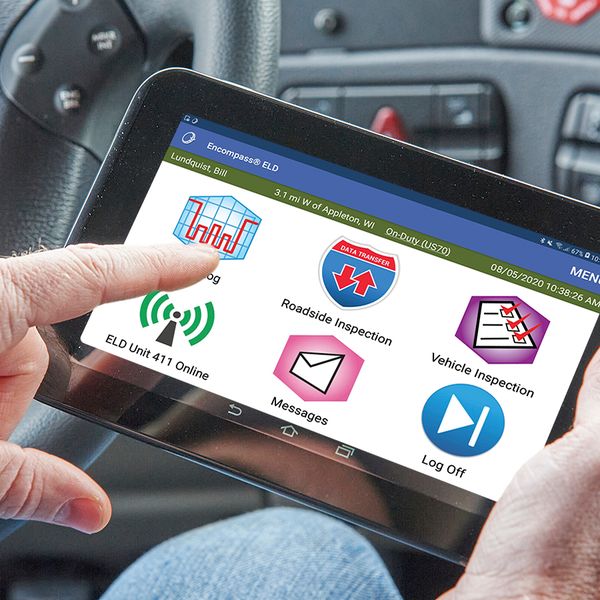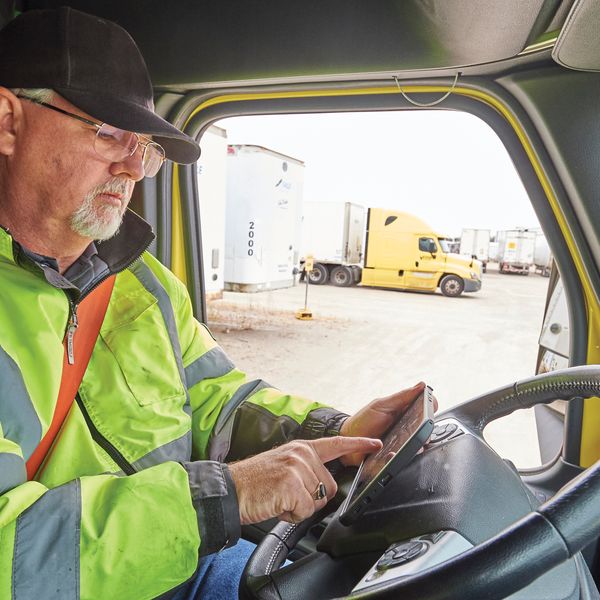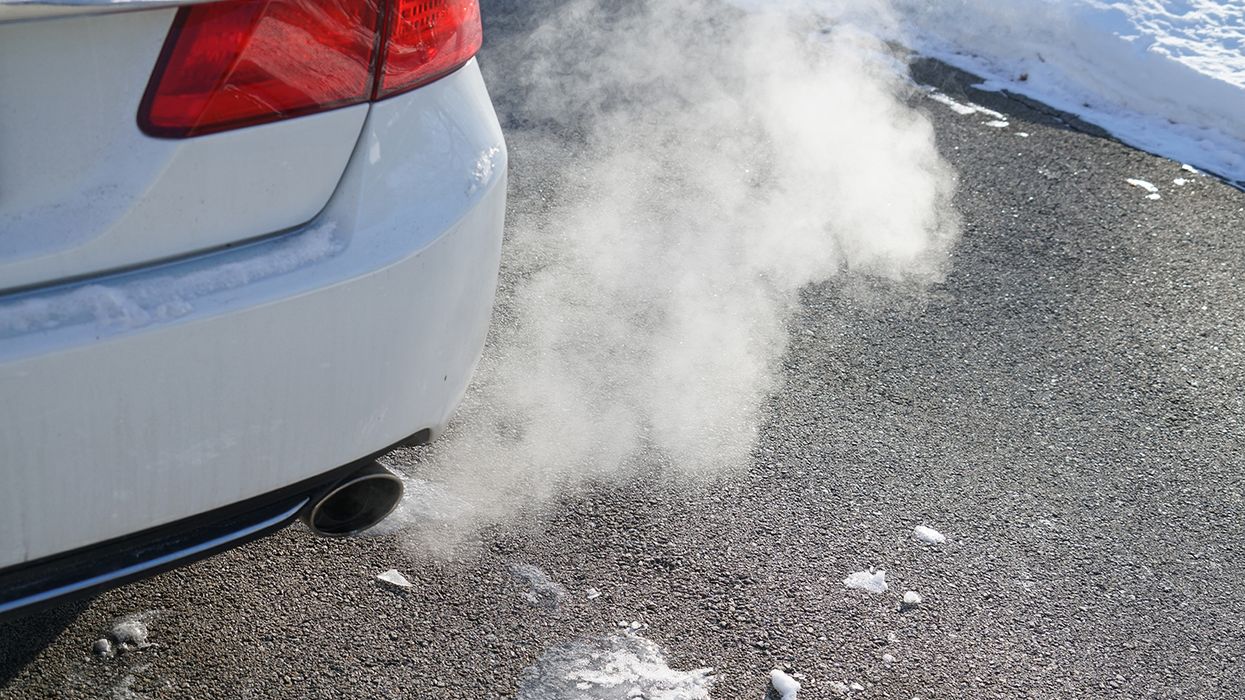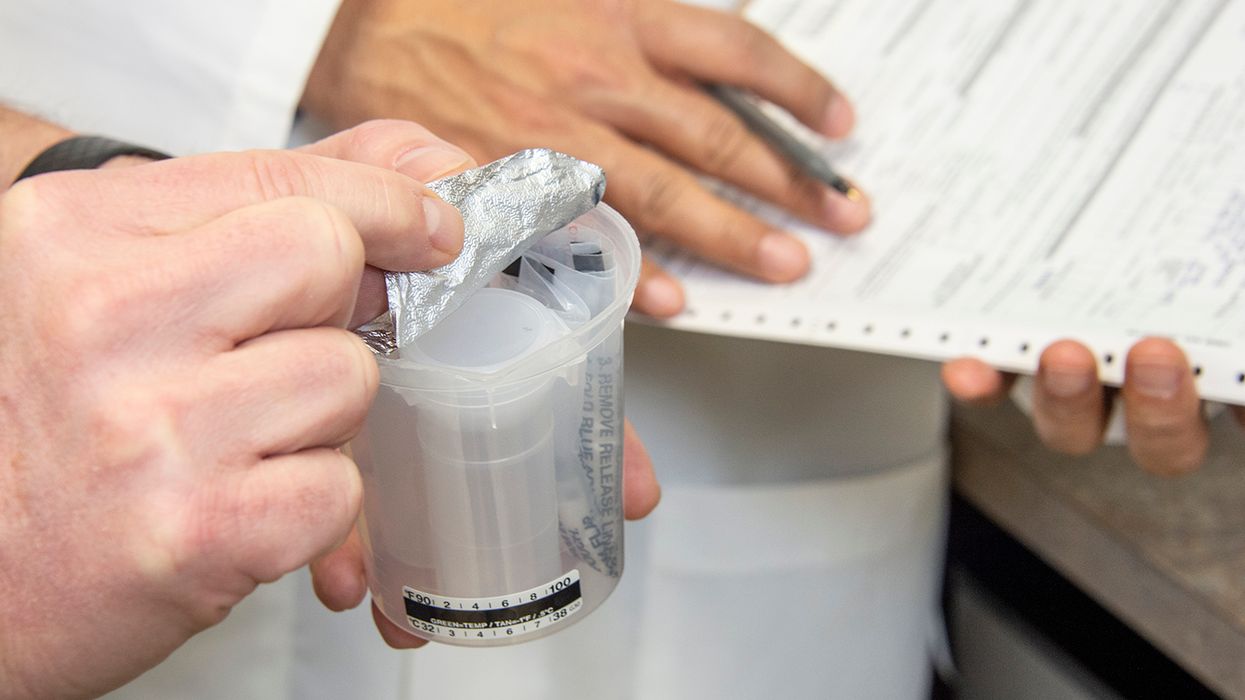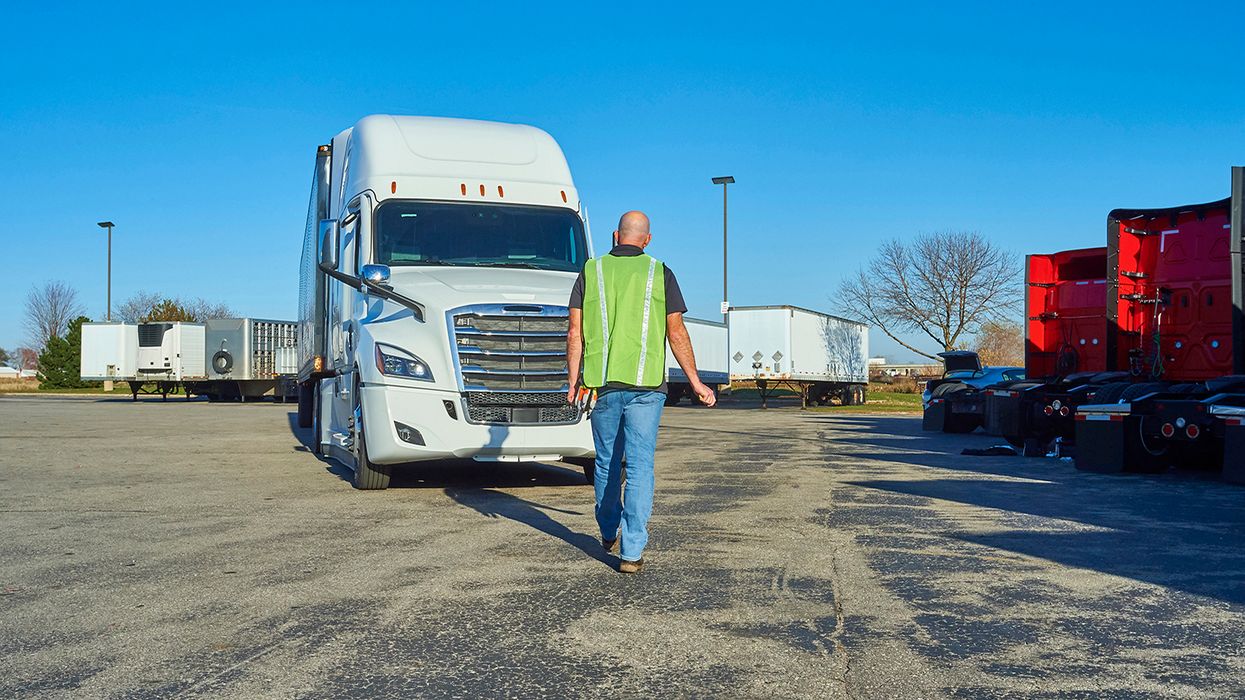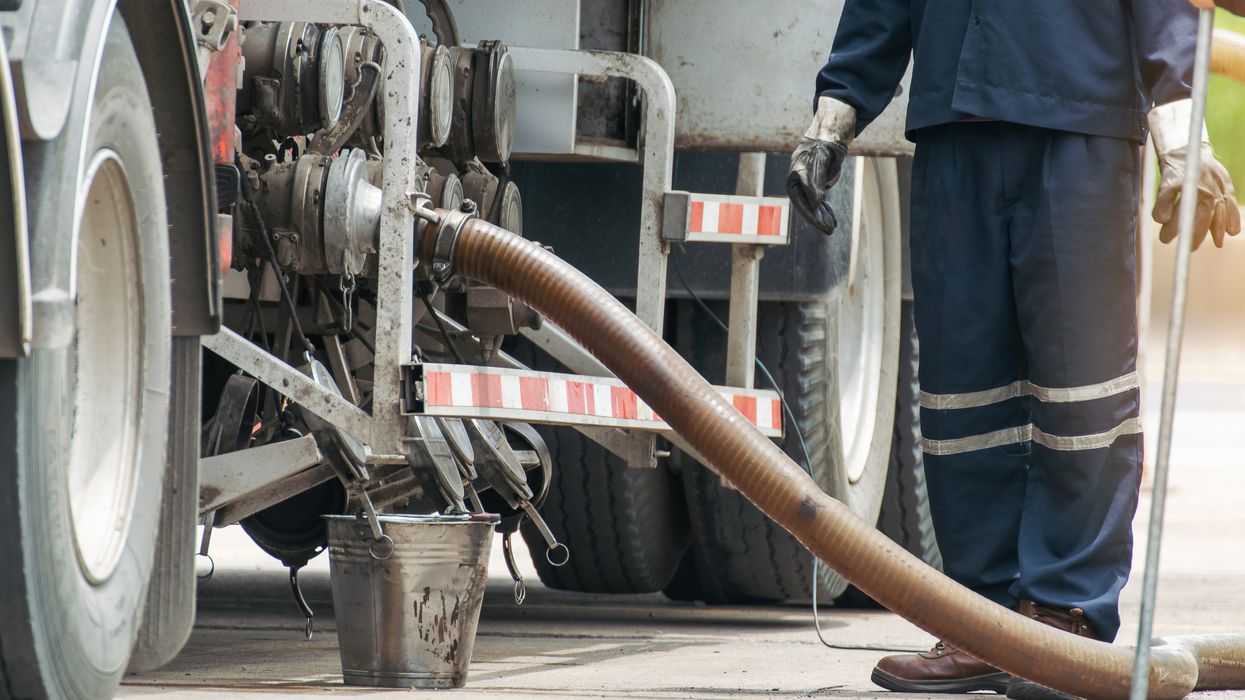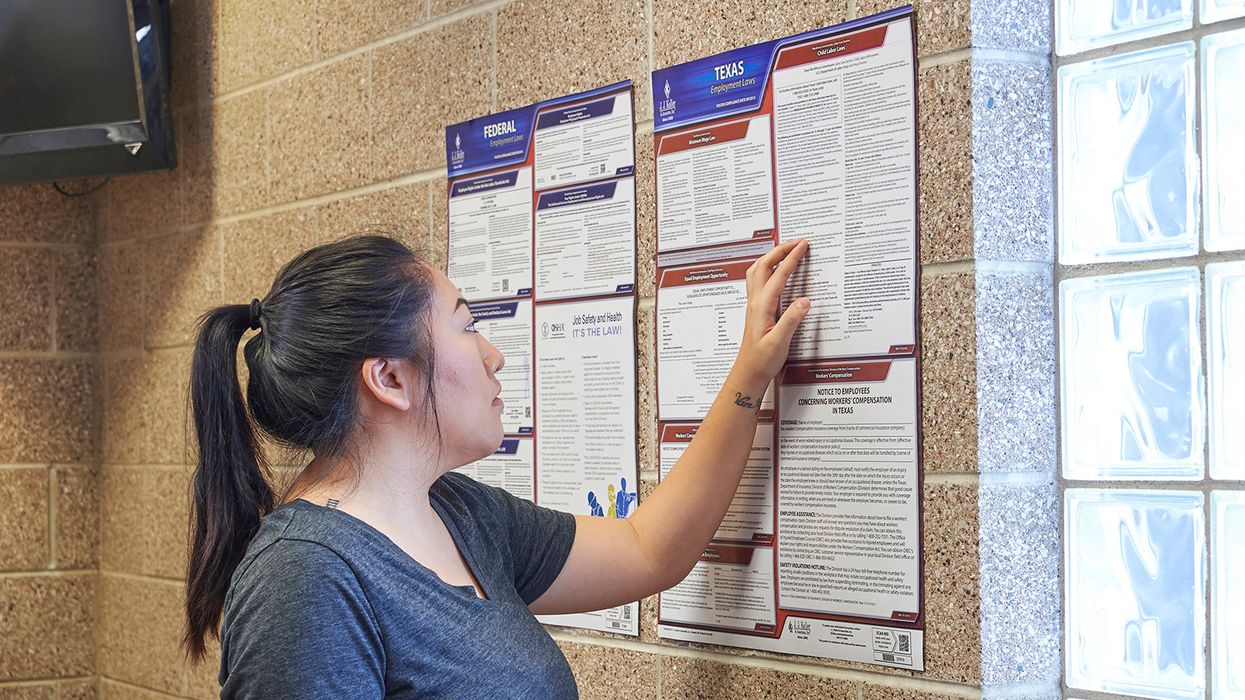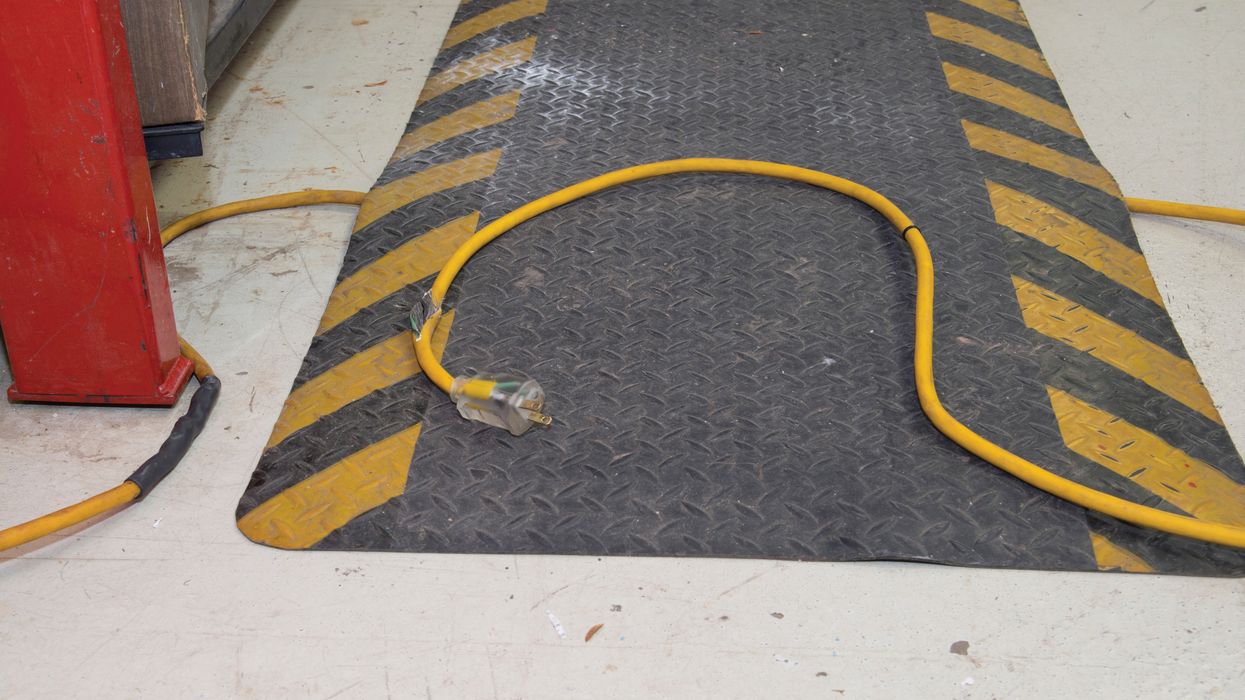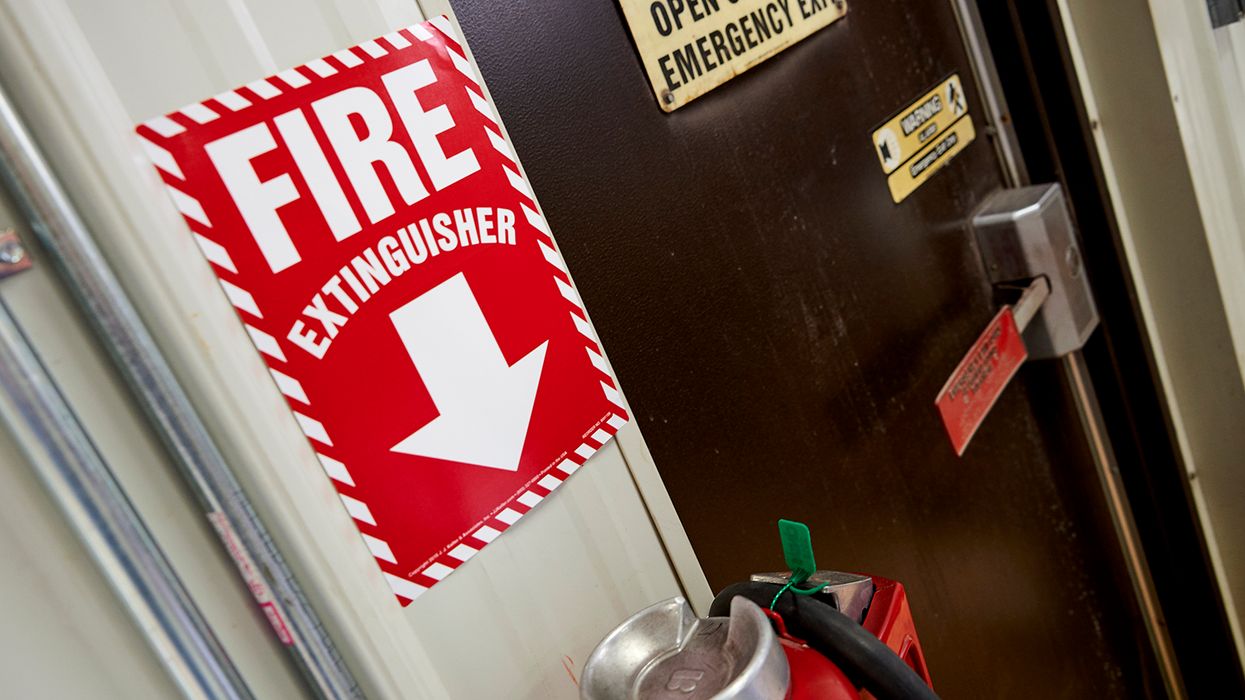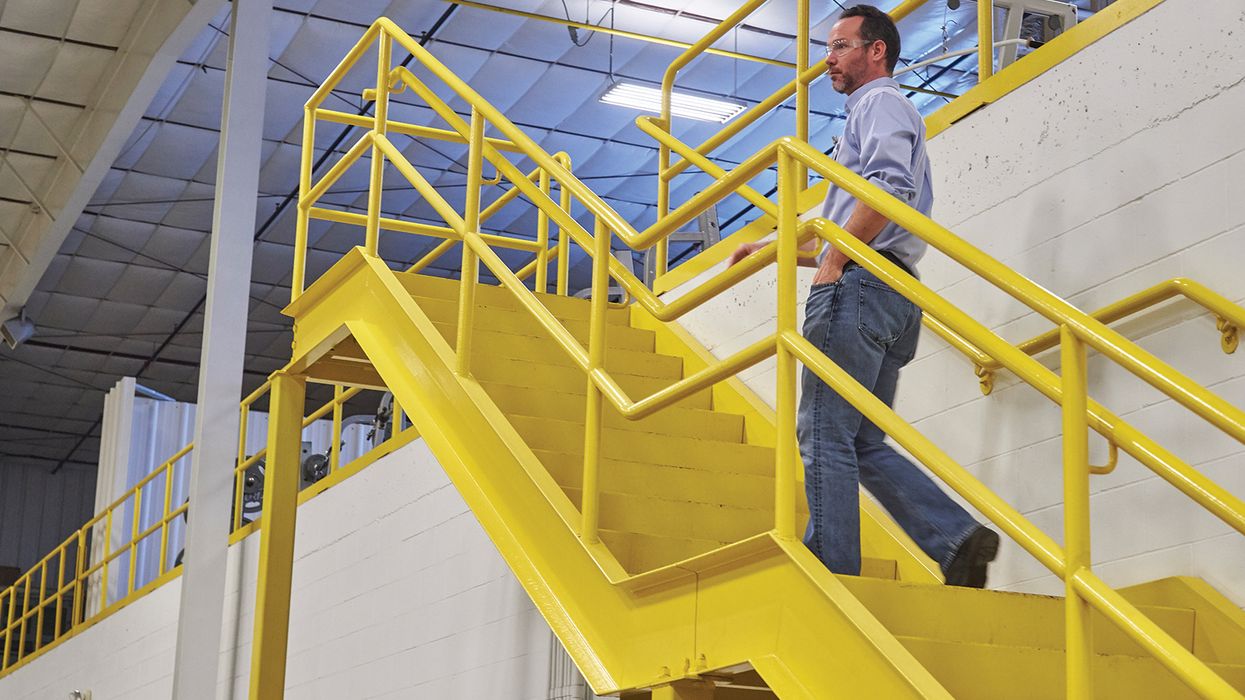Canadian carriers, ELDs, and shipper relationships
Canada’s electronic logging device (ELD) mandate implementation period is nearly over. The implementation period is set to end on January 1, 2023, and most provinces are ready to enforce the mandate as of that date. This means the final countdown is on for those subject to the mandate and the use of ELDs. Yes, carriers have the bulk of the responsibility for compliance, but shippers need to be aware that their carriers will soon be mandated to use ELDs.
What should carriers be doing to prepare?
If you’re already using an ELD, you should be asking your provider if the unit you have is officially certified with the required software upgrades, as well as the capabilities to transfer the required data to an enforcement officer in compliance with the technical standards and the encryption capabilities. If they haven’t completed any of these, ask when they intend to submit it and where your model stands in their priorities.
Key responsibilities for carriers also include:
- Ensuring ELDs are certified and compatible with the engine type of the commercial motor vehicle;
- Ensuring ELDs are mounted in a fixed position during the operation of the commercial motor vehicle and is visible to the driver in the normal driving position;
- Ensuring that the ELD is viewable from outside of the vehicle for the purpose of the roadside inspection;
- Creating and maintaining a system of distinct and personal accounts for each driver who will be required to use the ELD;
- Ensuring drivers who are required to complete a record of duty status (RODS) only drive a commercial motor vehicle that is equipped with a certified ELD;
- Monitoring driver’s hours of service and ensuring that RODS are being completed properly;
- Ensuring that an information packet that includes a user’s manual, an instruction sheet describing how to transfer data to an officer, measures the driver shall take if the ELD malfunctions, and a sufficient number of RODS forms to record at least 15 days is kept in the vehicle; and
- Maintaining prescribed records in the event the ELD malfunctions.
Carriers using paper logs need to move quickly to ensure they have a certified ELD installed. It’s not as easy as flipping a switch. Drivers and office personnel will need to understand both the in-cab and back-office components of the system.
Carriers and shippers’ relationship
Though the onus is on the carrier to meet the mandate, carriers and shippers will need to become partners, working to reduce driving time lost. This means keeping freight moving and costs under control for customers will be more important now than ever.
Carriers and shippers will need to work together to:
- Reduce waiting times at shipping yards,
- Create more safe resting and off-duty areas for drivers, and
- Adapt to more flexible delivery schedules.
There are a few things both carriers and shippers can do proactively to help prepare their businesses for change and minimize the impacts of the ELD mandate :
- Haul times - Drivers are now tracking to the minute. Shippers should understand that drivers are also getting used to using ELD technology.
- Dock times – It will be important to keep docks moving in an efficient manner. Make sure the loads are ready when the truck arrives and load and unload the truck in an efficient manner. This will speed up the turnaround time for drivers needing to get the product to its destination.
- Schedule times - Plan ahead and be flexible in your scheduling of loads. Carriers should ask their shippers, and shippers should consider, shipping a day early if possible.
Key to remember: While carriers and shippers have had time to prepare for the ELD mandate, there will still be issues to work out. Staying flexible in these first few months will help.





